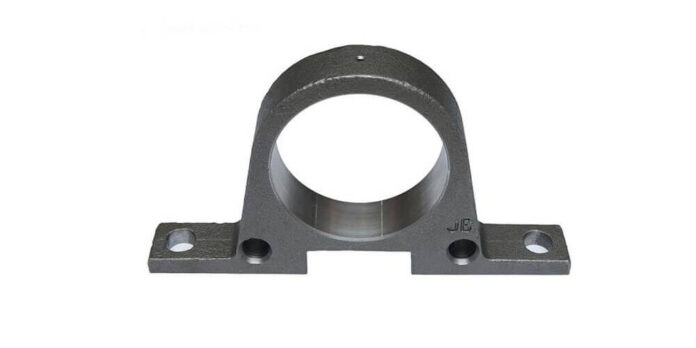Investment casting is a manufacturing process that has been in use for thousands of years. It is beneficial to design engineers who make complex-shaped investment casting parts with thinner walls, more tolerance, and a good surface finish such as firearms and turbine blades. It’s an economical way of producing parts as no multiple machining is needed, saves the cost of materials/labor, and little waste products are witnessed. In this write-up, we discuss the investment casting process.
Process of Investment Casting
Since introducing this process, several changes and improvements have been made to make it better and efficient, but the initial process of achieving the casted parts remains the same. The process requires wax, metal die, ceramic slurry, molten metal, and a furnace.
1. Pattern Creation
A pattern is made to replicate the finished area using either one of the two methods, i.e., wax injection using a die and 3D print pattern. If the first method is used, a metal die is designed and constructed, forming a wax mold similar to that of the product. Melted wax is injected into the created cavity under high pressure as a manual tool with one cavity or an automated tool with several cavities. The 3D pattern is easy to create using the CAD model contain the design of the object being created then sent to the printer for printing. Either process is usually repeated till the desired number of patterns is reached.
2. Pattern Assembly
After the pattern creation, they are assembled with other components on the runner to create a casting. Putting together several patterns at once makes the investment casting process more efficient. Once the specified number of patterns are made, they are attached to wax bars forming a cluster or what is commonly known as a tree. There are gates where the attachment is made on the runner, and it’s where the metal will go through the casting. There must be enough feed metal for you to have proper casting; thus, the tree should be of adequate size.
3. Mold Shell Production
The wax pattern assembly is then dipped into a ceramic slurry covered with sand stucco. It is left to dry, and the next cycle of dipping and stuccoing is repeated till the desired shell thickness is achieved. The thickness depends on the product being cast, i.e., its size and configuration. After drying, the shell can now hold the molten metal during the casting process.
4. Wax Removal
The whole assembly is now steamed in an autoclave to melt the wax. Since all the wax doesn’t come off through steaming, it is burned in a furnace, leaving the ceramic mold with a cavity that mimics the cast part. The process strengthens and stabilizes the mold and reduces the reaction between it and the metal during pouring.
5. Melting and Casting
The ceramic mold is preheated to a particular temperature, filled with molten metal, and the metal cast is made.
6. Finishing
Once the casting is cooled, a knockout operation breaks the mold shell from the casting. The gates and runners can be cut from the casting if necessary and final touches like sandblasting and grounding are done to give the cast dimensions.
Conclusion
The article highlights the investment casting process to understand better what it is and how it works. Products made from this process are ready for use and don’t need any secondary processing.















